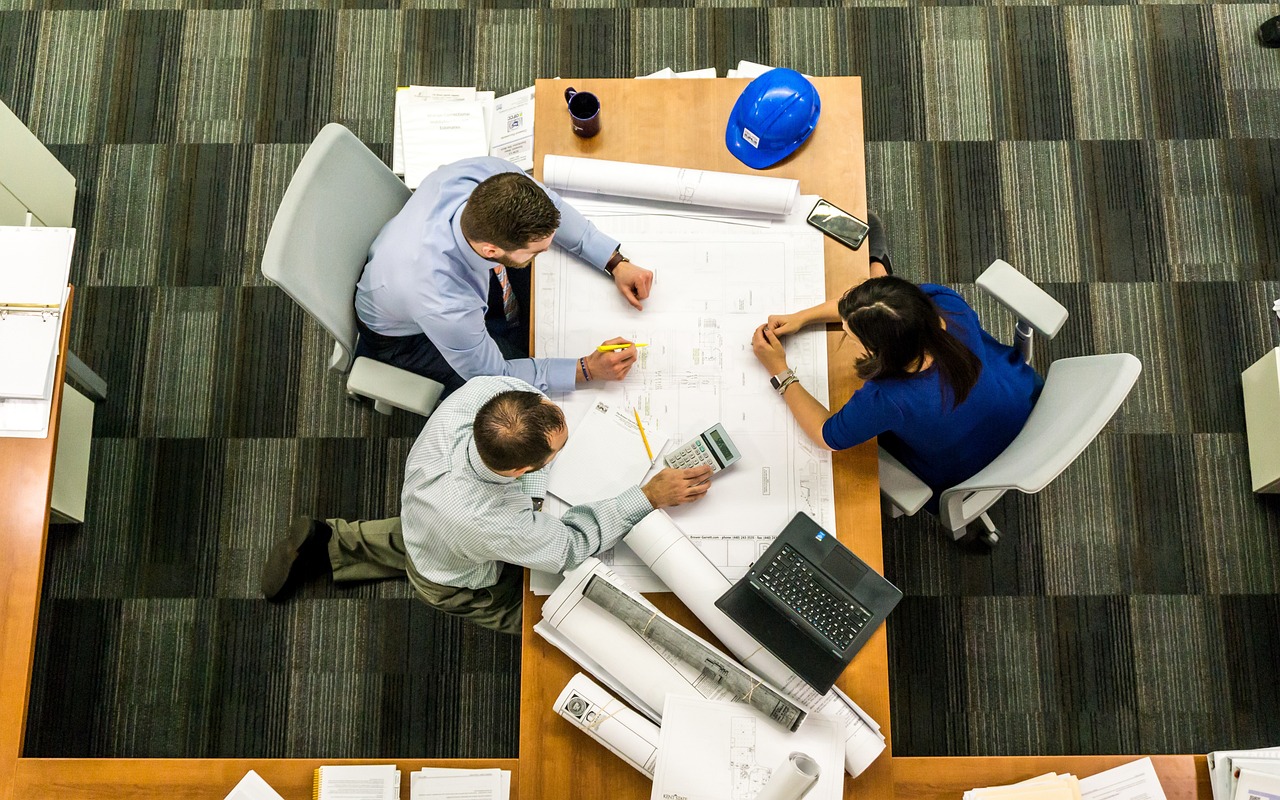
Selecting the proper materials plays a vital role in the success of any large-scale project. Projects of this magnitude depend on components that not only support immense loads but also endure harsh conditions over time. Decision-makers face a complex balance between performance, cost, and sustainability. Material choices influence safety, maintenance schedules, and long-term project viability. The shift toward advanced materials has reshaped construction practices, offering engineers new methods to achieve reliability and efficiency. With rising construction demands, understanding these aspects becomes critical for successful project outcomes.
Understanding Material Strength
Material strength remains a cornerstone of successful construction endeavors. Structural integrity depends on materials that can withstand heavy loads and resist deformation. Metals such as steel offer excellent tensile strength, while engineered concretes provide compression resistance. Recent research highlights that nearly 70 percent of major infrastructure projects rely on high-strength materials to ensure safety and durability. The effectiveness of these materials has been proven by their performance in extreme environments where traditional options might falter. Industry experts emphasize that selecting materials with superior strength characteristics can lead to reduced repair costs over a structure’s lifespan. A thorough evaluation of strength parameters is therefore indispensable when planning large-scale projects.
The Role of Durability in Project Longevity
Longevity depends on more than just immediate strength. Durability encompasses a material’s ability to maintain performance under prolonged stress and exposure. Construction choices now consider factors such as corrosion resistance, fatigue life, and environmental impact. Studies indicate that structures built with durable materials experience up to 30 percent lower maintenance expenses over time. This decline in upkeep costs contributes to more predictable budgets and enhanced project sustainability. Decision-makers increasingly opt for materials that maintain their integrity even under adverse conditions. Evaluating long-term performance helps avoid premature failures, ensuring that the initial investment secures a lasting legacy. Sound material selection becomes a strategic factor for reliable and cost-effective infrastructure.
Innovative Composite Materials
Advances in composite technologies have transformed traditional construction practices. Engineers now incorporate materials that blend the best attributes of conventional options with modern enhancements. In one project review, the design team noted an emerging trend: in many high-performance structures, engineers incorporate innovative techniques that merge conventional systems with FRP construction, yielding benefits in weight reduction and durability. This method has reshaped performance metrics and simplified installation processes. Statistical analyses have revealed a 20 percent growth in the adoption of composite materials over the last decade. By capitalizing on these developments, construction teams can create structures that offer improved efficiency without compromising strength. These composites not only support design innovation but also open avenues for future material advancements.
Environmental Considerations and Sustainability
Modern construction increasingly values environmentally responsible practices. Material selection now incorporates ecological impact assessments alongside traditional performance metrics. Builders look for options that reduce carbon footprints and support green construction certifications. Research by sustainable design organizations shows that using eco-friendly materials can lower overall emissions by as much as 40 percent. Sustainable practices in material usage not only benefit the environment but also foster community trust. The integration of renewable resources and low-emission processes is becoming standard in many projects. A comprehensive review of material life cycles ensures that economic and environmental factors align, paving the way for a balanced approach to construction that respects both nature and fiscal constraints.
Economic Factors in Material Selection
Budget considerations are integral to material selection strategies. While high-performance materials often come at a premium, their long-term benefits can offset initial costs. Detailed cost-benefit analyses demonstrate that structures using premium, durable materials tend to require up to 25 percent less expenditure on future repairs and maintenance. This financial efficiency allows project managers to allocate resources more effectively, often resulting in enhanced project outcomes. Investors and stakeholders increasingly favor approaches that promise both safety and economic prudence. Balancing upfront expenses with long-term savings has become a standard practice among experienced project planners. A careful review of market trends and material performance statistics helps ensure that projects remain financially viable throughout their lifespan.
Quality Control and Best Practices
Maintaining rigorous quality control standards proves critical when selecting materials for large-scale projects. Stringent inspection protocols ensure that every batch of material meets the high expectations set by engineering teams. Industry data indicate that projects implementing robust quality checks can experience a reduction of rework and material waste by 25 percent. This discipline minimizes unexpected setbacks during construction and ultimately leads to improved structural performance. Regular audits and systematic testing procedures create a framework where safety and efficiency are paramount.
Continuous improvement in quality management practices drives reliability throughout the construction process. Investment in modern inspection technologies, such as non-destructive testing methods, bolsters the capacity to detect minor flaws before they become critical issues. The collaborative effort between engineers, quality inspectors, and material suppliers ensures adherence to stringent standards. Several firms report a notable rise in project satisfaction and cost savings when quality management is prioritized, reflecting the value of such initiatives. A comprehensive strategy focused on quality control fosters a culture of accountability and excellence, benefiting stakeholders and contributing significantly to the longevity of large-scale structures.

Future Trends in Construction Materials
Innovation continues to drive the evolution of construction materials. Research and development efforts focus on creating substances that offer superior performance under diverse conditions. New technologies, such as 3D printing and smart materials, are beginning to influence design strategies. Market forecasts predict that investments in material innovation will increase by 35 percent over the next five years. This forward-thinking approach encourages designers to experiment with novel composites and sustainable alternatives. As technological integration deepens, project teams are expected to witness further improvements in both material efficiency and overall project performance. The industry remains poised to adopt these breakthroughs, ensuring that future large-scale projects benefit from enhanced safety, cost-effectiveness, and environmental stewardship.
Selecting the right materials remains the foundation of successful large-scale projects. The careful balance of performance, cost, and sustainability directly influences both immediate safety and long-term viability. Evaluating factors such as strength, durability, and environmental impact allows decision-makers to build structures that not only withstand extreme conditions but also reduce maintenance demands over time. The integration of innovative composite solutions and forward-thinking economic strategies ensures that each project is equipped to meet current challenges while remaining adaptable for future advancements. This thoughtful approach to material selection fosters infrastructures that are resilient, efficient, and environmentally responsible. Embracing both traditional engineering principles and emerging technologies creates a robust framework that supports lasting performance. Ultimately, the commitment to quality and continuous improvement drives the evolution of construction practices, ensuring that every decision contributes to the enduring success and safety of large-scale endeavors.









